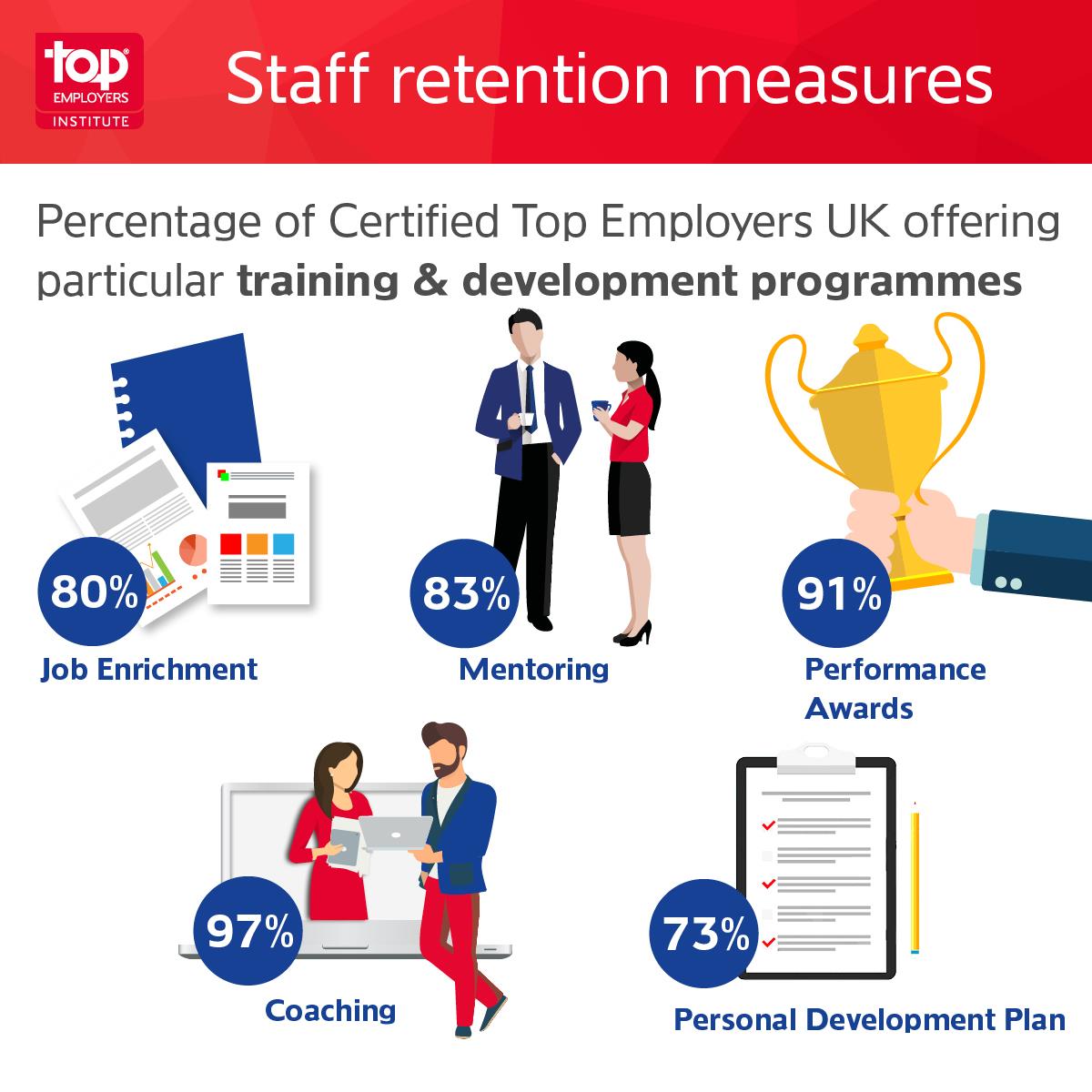Investing in staff retention measures can result in big savings long term

Leading organisations across the globe are forced to transform rapidly – and continuously – in order to remain purposeful, relevant and stay ahead of competition. This in turn means that the very definition of people strategy is itself evolving at pace. The role of HR leaders is changing too, and the number of challenges they are asked to solve is increasing. Most likely, when answers are found, the questions themselves will change.
Despite these complexities, it’s worth unpacking the concept of people strategy in terms of definitions, roles and challenges a little better.

Investing in staff retention measures can result in big savings long term
Three definitions of people strategy
People strategy has a myriad of different definitions – it depends what you read and where you look. Top Employers Institute’s HR experts and auditors propose three broad lenses:
1. Invest in talent
Let’s first look at people strategy through an investment lens. In this sense, it is seen as an investment in talent. If an organisation matches its investment in talent to business objectives, it is more likely to get the right people with the right skills focused on the right initiatives. The return on investment that this then creates will drive the business forward and accelerate results.
2. Align with business strategy
The second lens defines people strategy in relation to its alignment with business strategy. To think in terms of alignment allows us to ask important questions, such as “What capabilities do we need?” and “Where do we need them?” This simple approach sharpens our understanding of the gaps (or overlaps) in aligning our strategic workforce planning and other HR strategies to the business needs.
Our research shows that 97% Top Employers demonstrate the importance of aligning their people strategy with their business strategy. Yet it is worth noting that only 77% of Top Employers translate their people strategy into key HR metrics and related targets.
3. People strategy is the business strategy
The final lens moves beyond alignment to the complete integration of a people strategy within the business. By this definition, your people strategy IS the business strategy. Here, forward-looking leadership teams explicitly reject thinking about their people as assets. Rather, it is the employees who are the “investors”: they call the shots and choose to invest their precious time, energy and talent. It is the organisation that needs to work hard to keep them engaged and motivated. Leadership cannot take their talented employees’ hard work and commitment for granted.
Not another employee satisfaction survey:
Subscribe to our newsletter
Stay on top of the latest HR news & trends from the Top Employers Institute.




